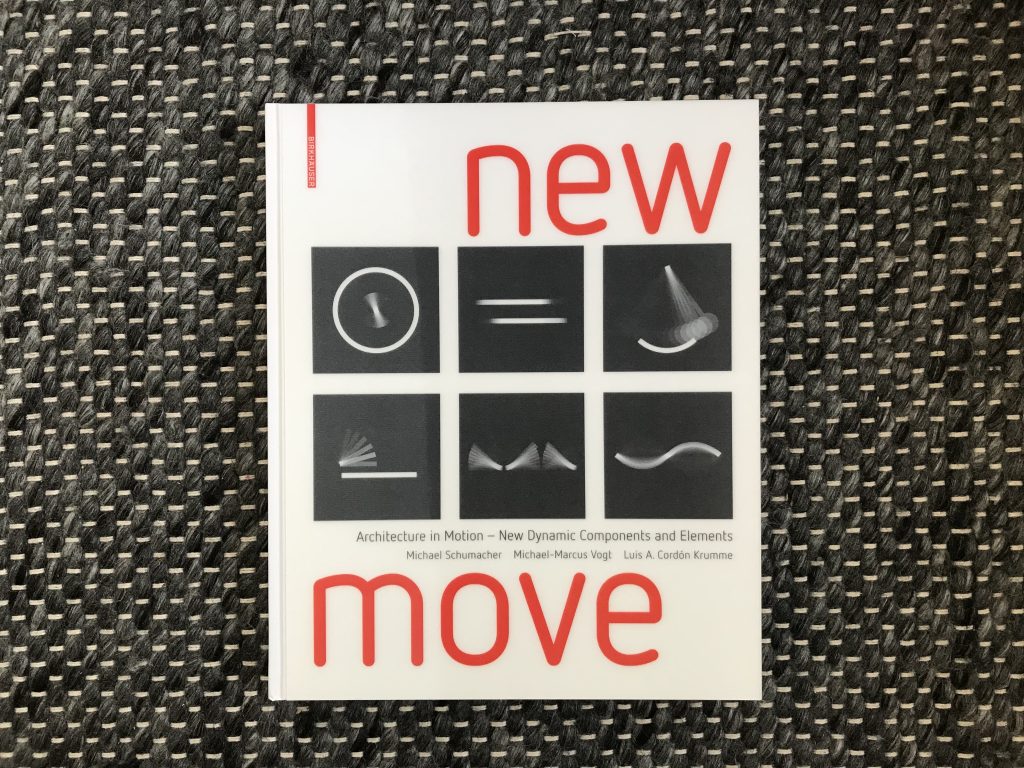By introducing the category of movement, New Move takes a new look at current issues in architecture. Adaptive building components and elements allow more flexible uses of facilities and to extend their function, to conserve and gain energy, and to initiate, display, and control interaction with users. Applications range from interiors and solar shading to facade and roof designs. The extended understanding of movement also includes concepts in urban design and other disciplines. New Move systematically explores background information, concepts, and functions in a large number of contributions. More than 50 case studies illustrate the various types of movement, such as swiveling and turning, rotating, sliding, and folding using built examples in contemporary high-profile international architecture.
Book available at:
De Gruyter



